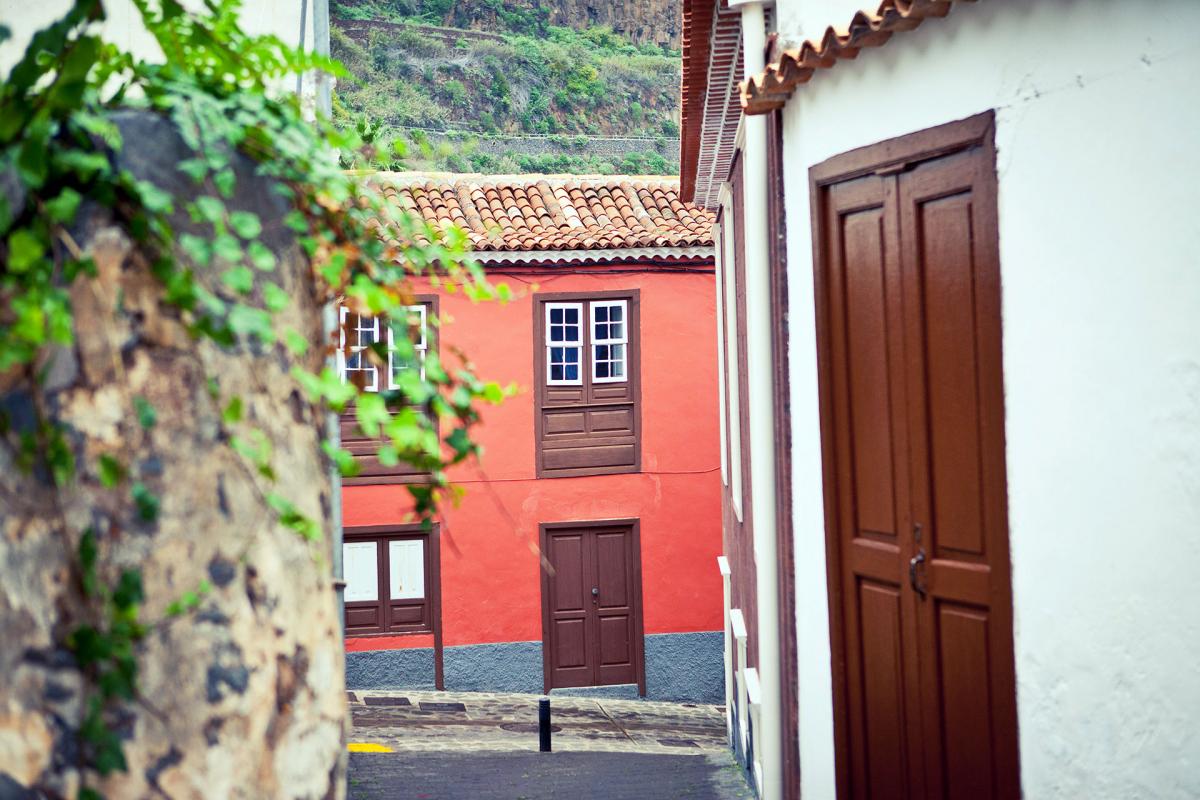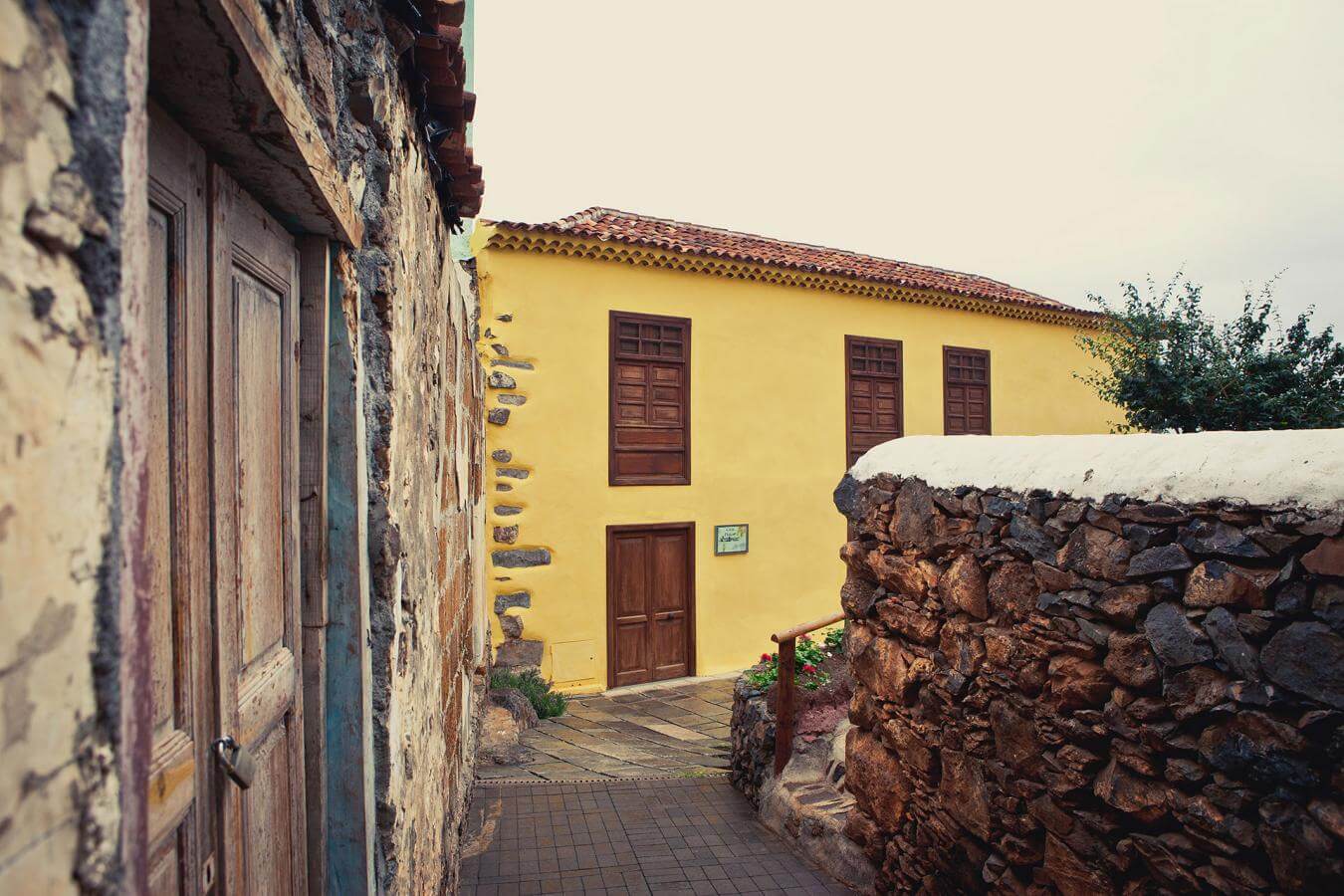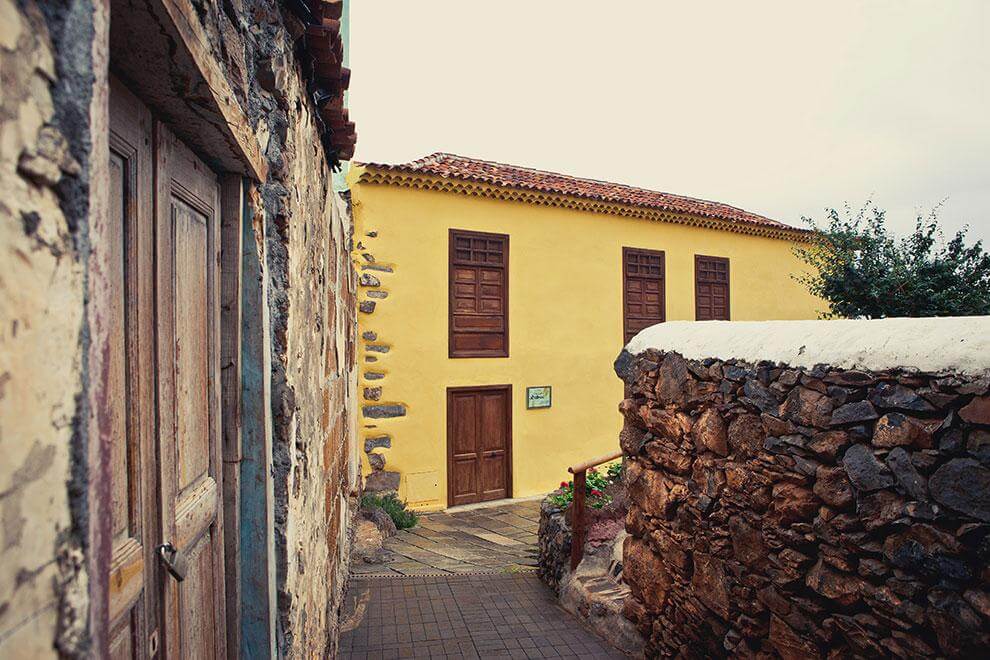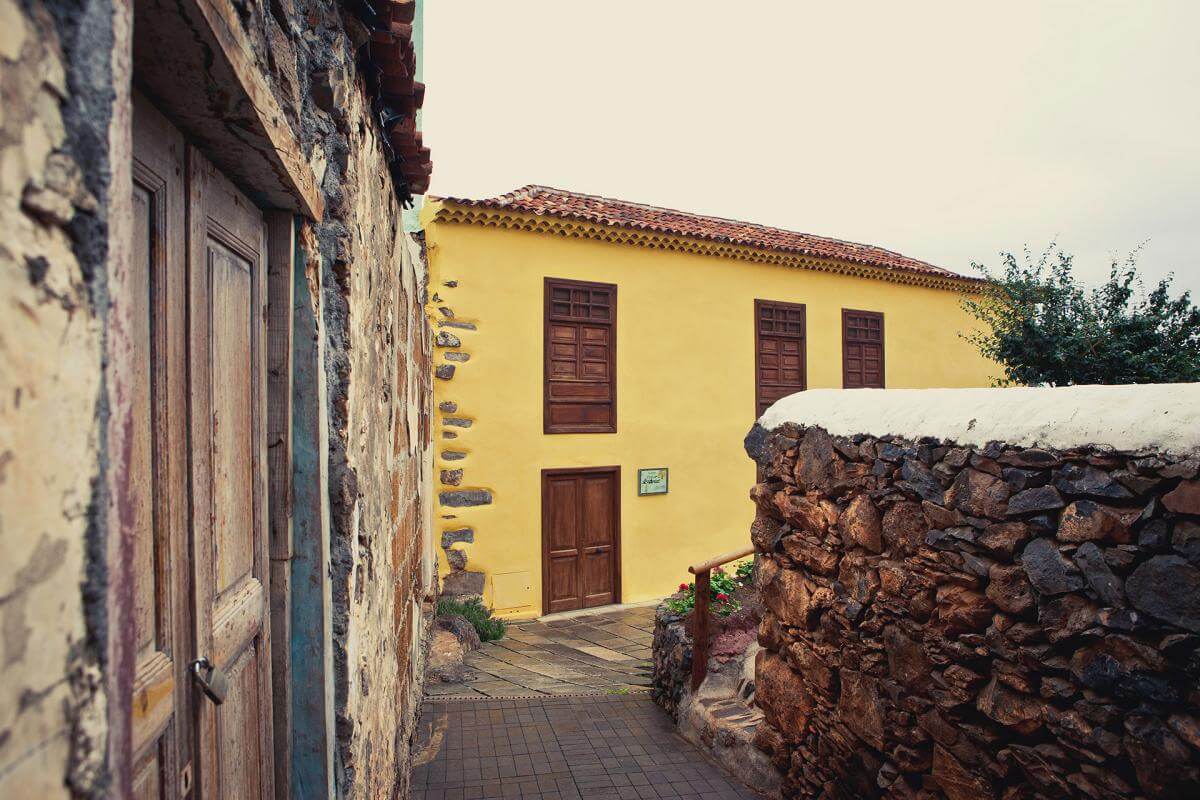La Gomera enters history by the front door as the protagonist of the feat that changed the conception of the world with the European’s discovery of America. “Christopher Columbus’ final departure to find America for Europeans did not take place on Friday, 3 August from the Port of Palos, in Huelva, but on the morning of Thursday, 6 September 1492 from La Gomera. They set sail from the island in search of the unknown: the road to the Indies,” says Antonio Tejera Gaspar, professor of Archaeology at the University of La Laguna (ULL).
We invite you to feel the traces of Christopher Columbus in the gastronomy of La Gomera, in its monuments and in the door to modernity this unique navigator opened through his three stopovers on the island, the place he always chose to set sail from the Spanish lands to America.
La Gomera and Sailing to the New World
An important part of the plants and animals that arrived in America in 1492 and in the later voyages of 1493 and 1498 came from the Colombian Island. The importance of La Gomera as the last refueling port to America is evident in these two new voyages, as evidenced by recent genetic studies of American plants and animals and the existence on the island, according to the chronicles of the fifteenth and sixteenth centuries, of new foods such as chocolate, potatoes, tomatoes and tobacco, among many others.
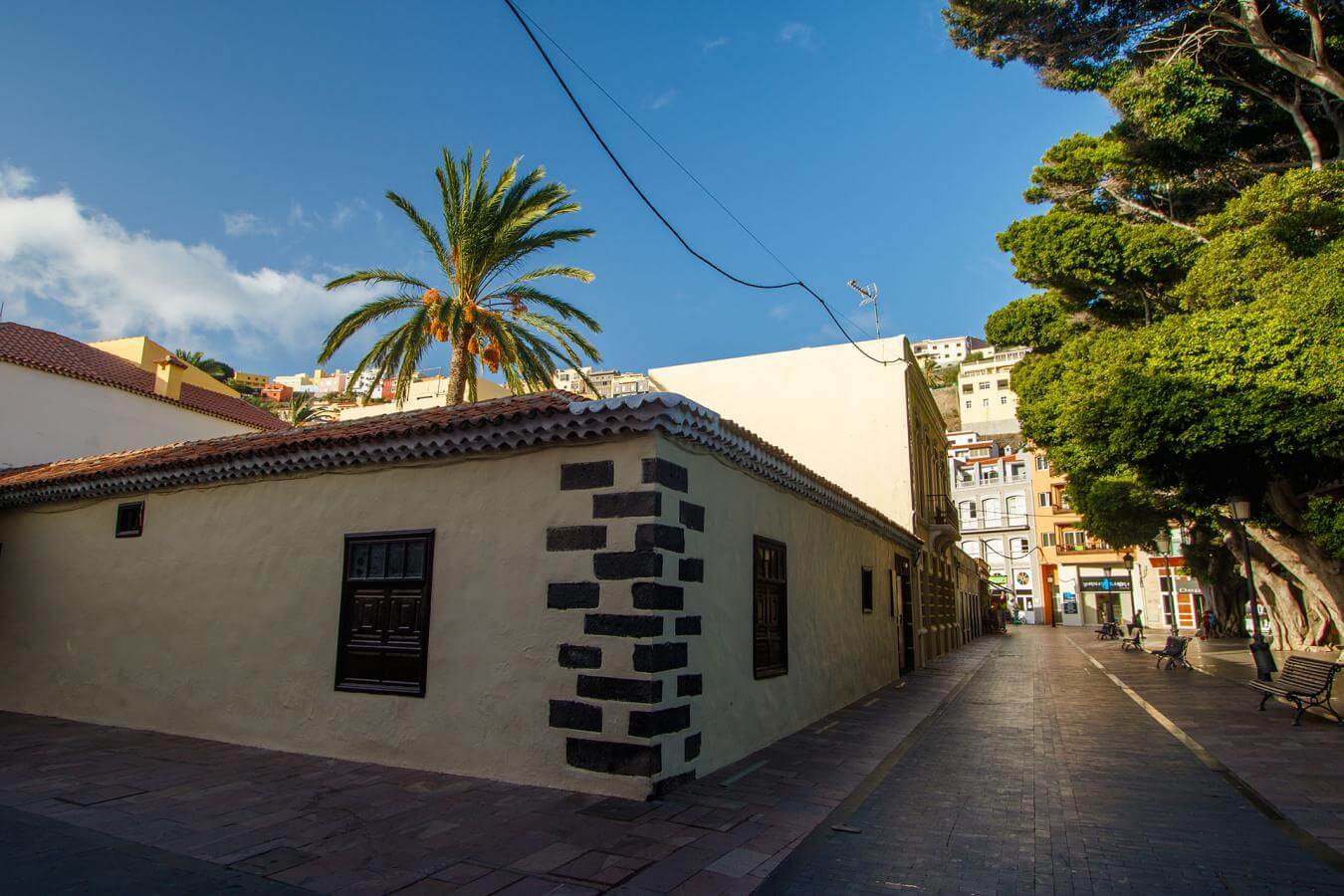

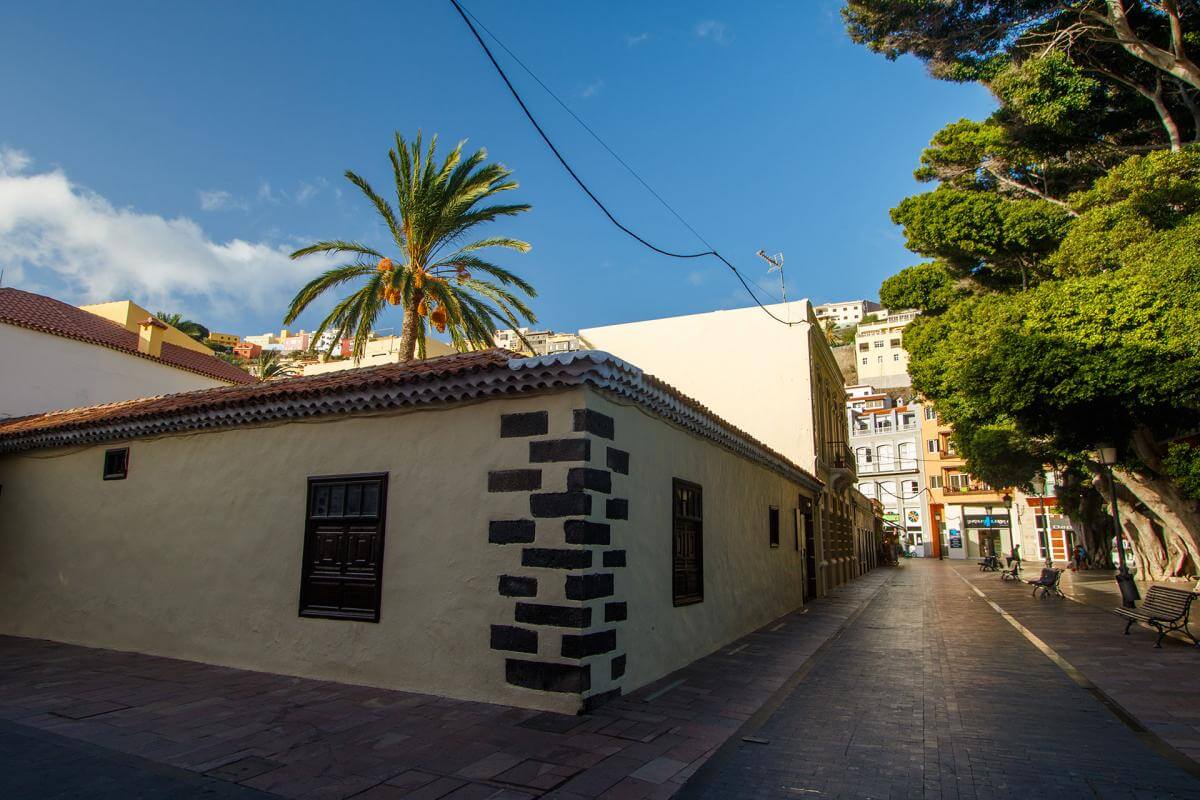
Gastronomy of La Gomera to Colonize America
There is evidence that on his first voyage Christopher Columbus took water, cheeses, dried fruits, salted and cured meat, as well as goats, whose milk was used to cure scurvy, from the island. Today, goat cheese is one of the most valued products in the La Gomera’s world of gastronomy. It is made from raw goat’s milk or a mixture of goat and sheep milk. Fresh, semi-cured and cured cheese is produced on the island.
On Columbus’ second and third voyages, it was time for dry goods, oranges, lemons and eight pregnant sows. Christopher Columbus himself recognizes the parallelism between the climates found in the new lands and that of La Gomera, which is why he chose sheep without wool from the island, to prevent them from suffering the rigors of the heat.
In fact, Columbus was perplexed by the absence of cereals and domestic animals in the New World and decided to bring them from La Gomera. That is why they took cows, horses, donkeys, mules and chickens. Currently many of these products are the basis of the gastronomic offer of the restaurants of La Gomera. Gofio, palm sap, which has the Palm Honey Interpretation Center, goat cheese and the island’s cattle.
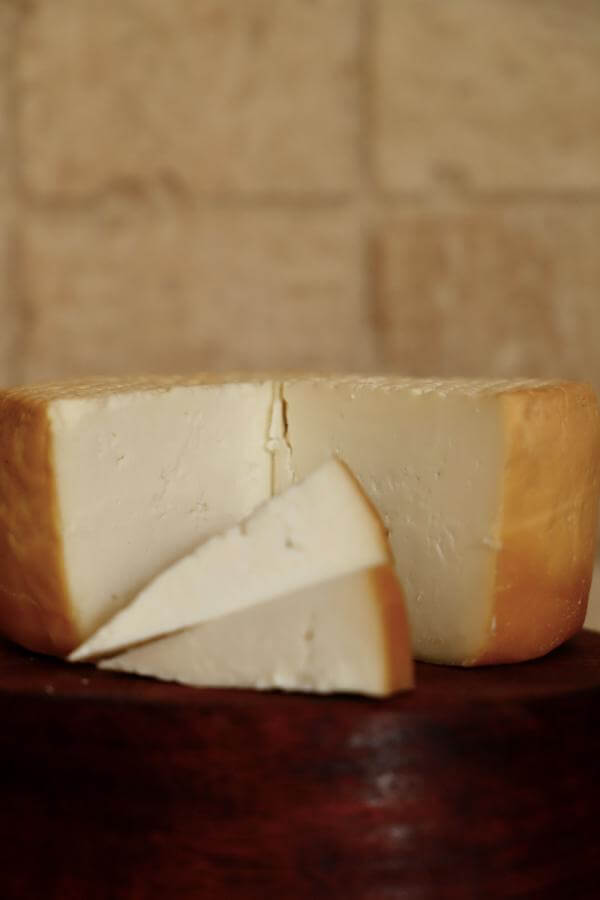
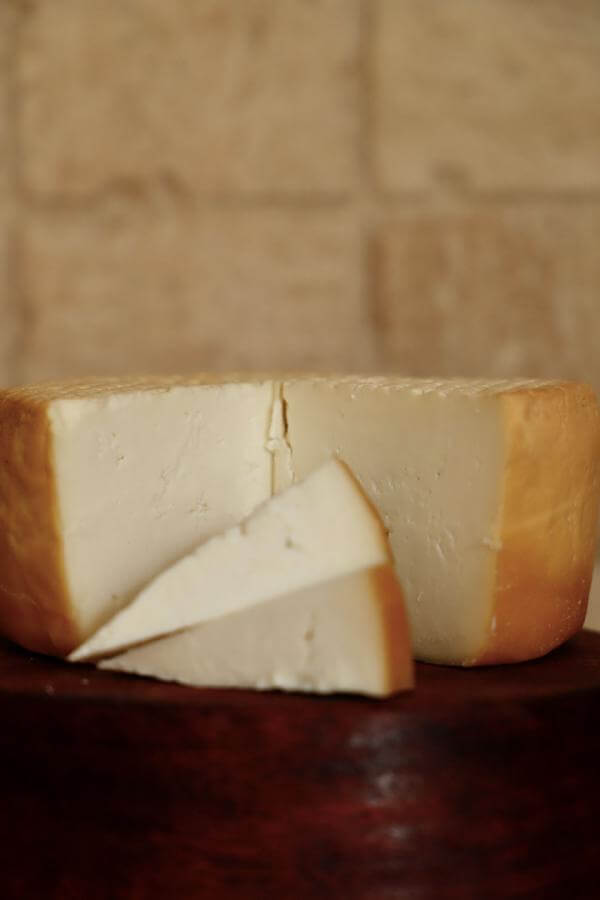
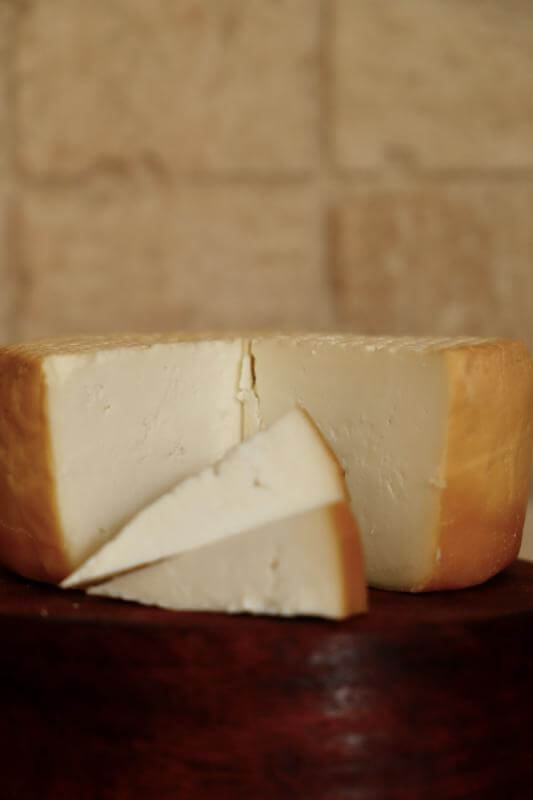

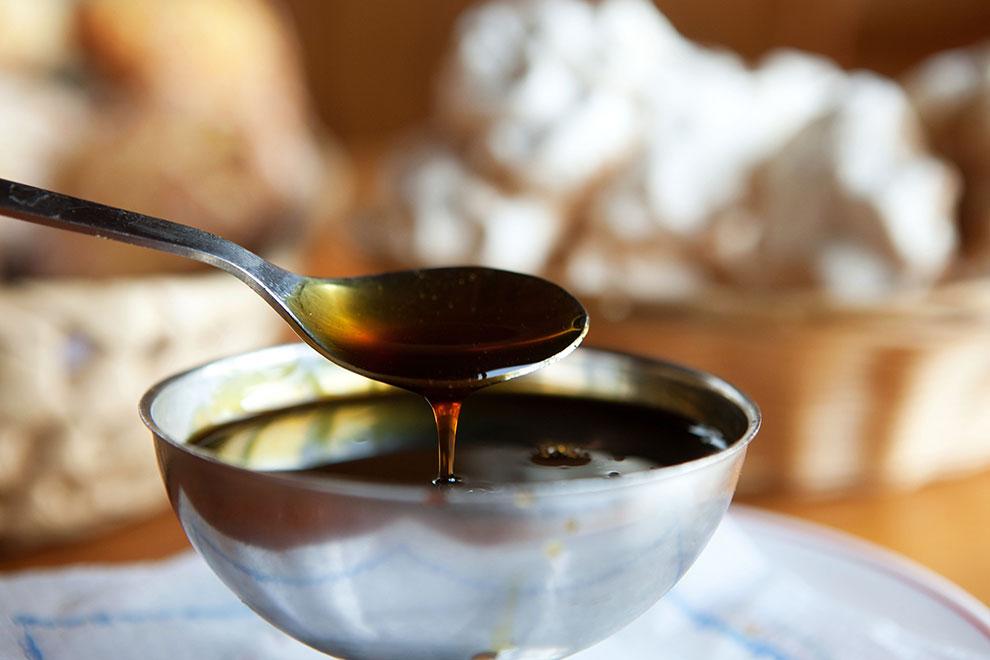
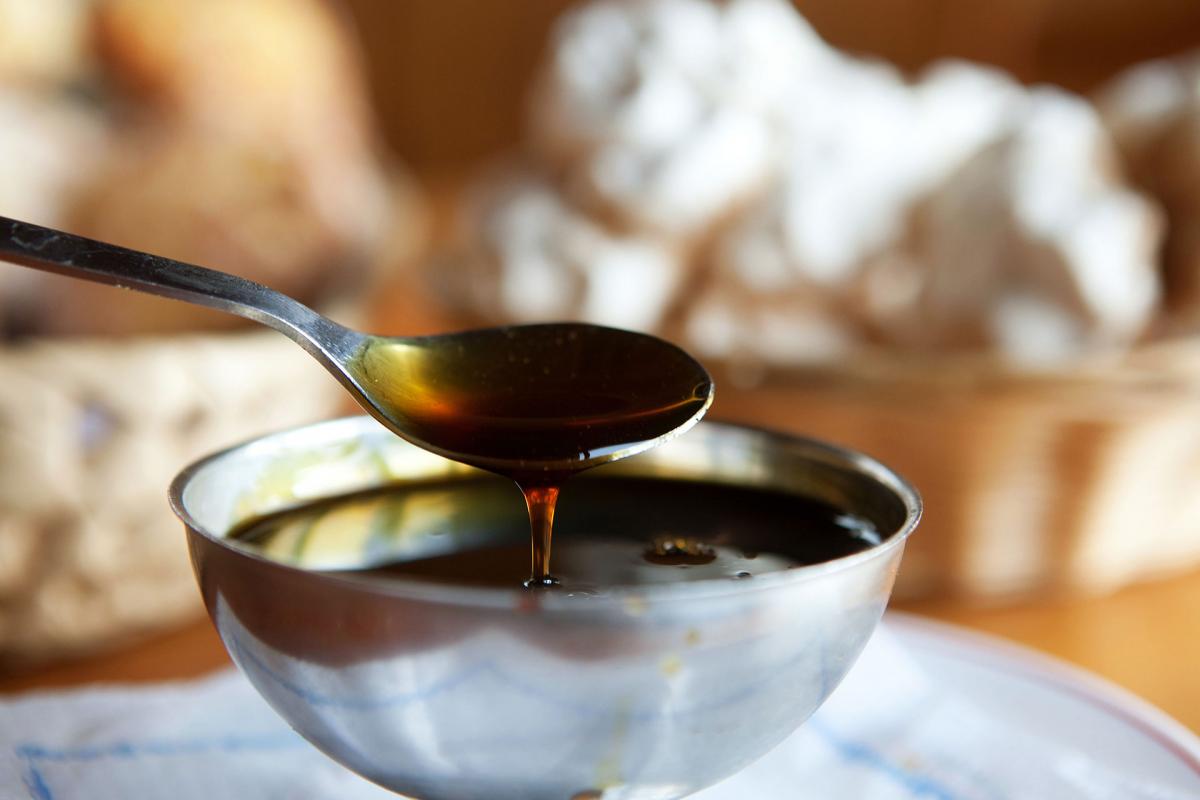
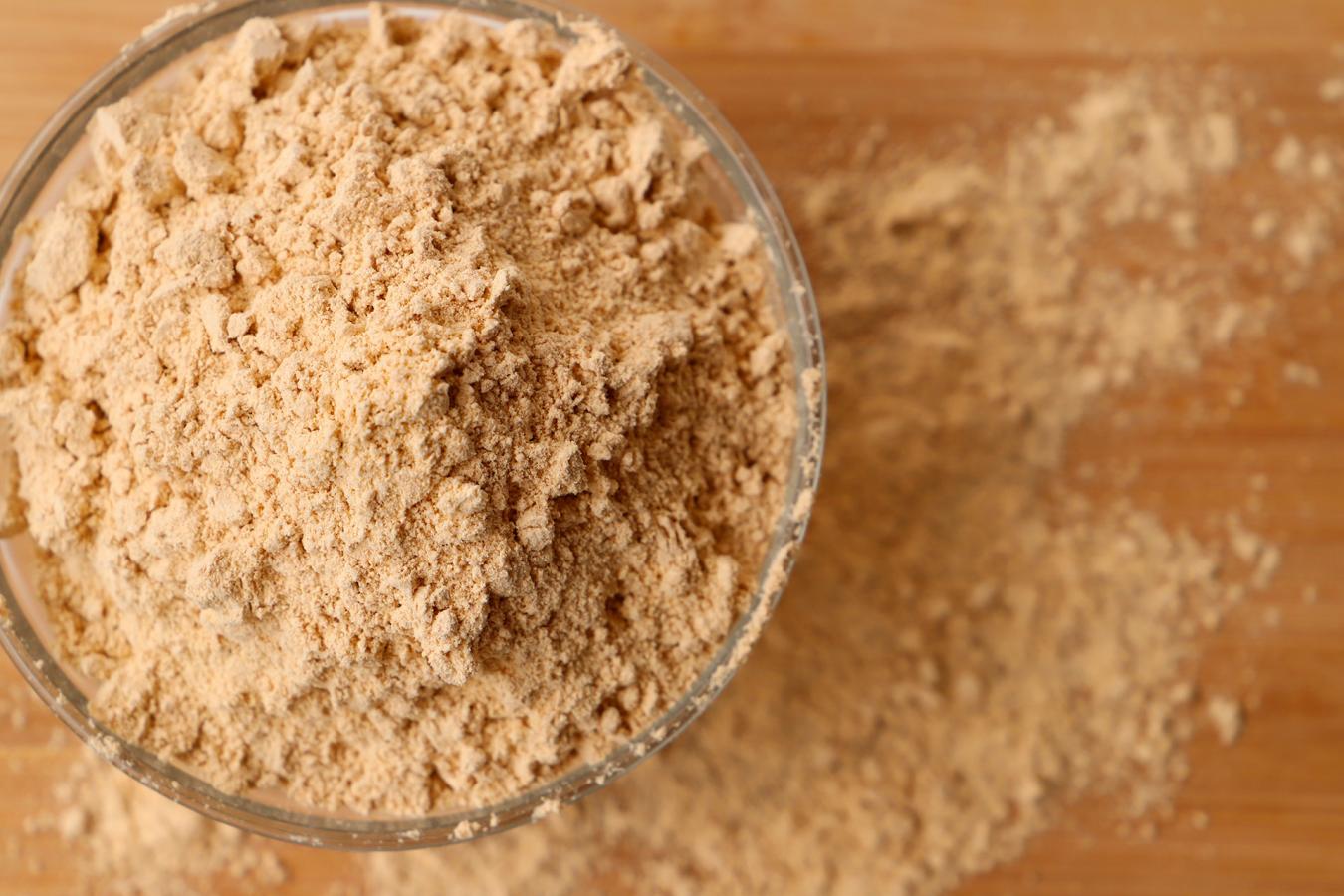
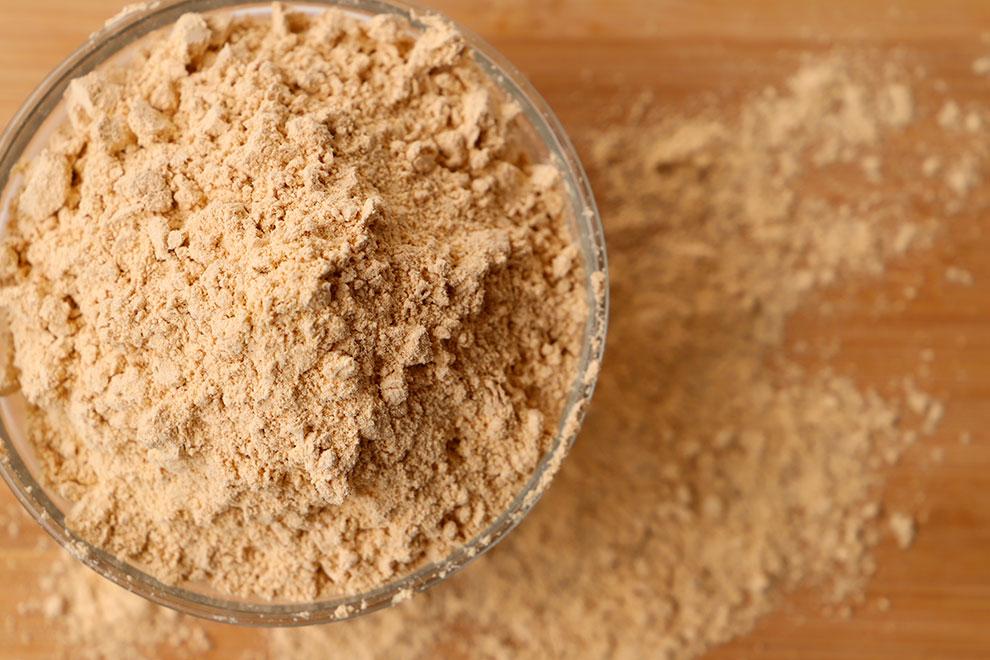

San Sebastián de La Gomera
In 1492 the island had a natural bay with easy access, so it was chosen by Christopher Columbus as a suitable place to dock his ships and stock up on food and water before setting sail for the unknown.
In San Sebastián de La Gomera itself is the Aguada Well, which served to supply water to the crew members on the three voyages made by Columbus.
The Church of Our Lady of Assumption, whose construction at the time of Christopher Columbus was more similar to a small chapel than the one we find today, is a fundamental stop to understand the culture of this island along with the House of Columbus, a building surrounded by houses with a 15th century structure.
From San Sebastián de la Gomera to the south by road you reach Degollada de Peraza. In that ravine the natives of the island executed the Castilian lord Hernán Peraza, whose death determined the exemplary punishment with which the entire population was subjected just a few years before the arrival of Christopher Columbus.


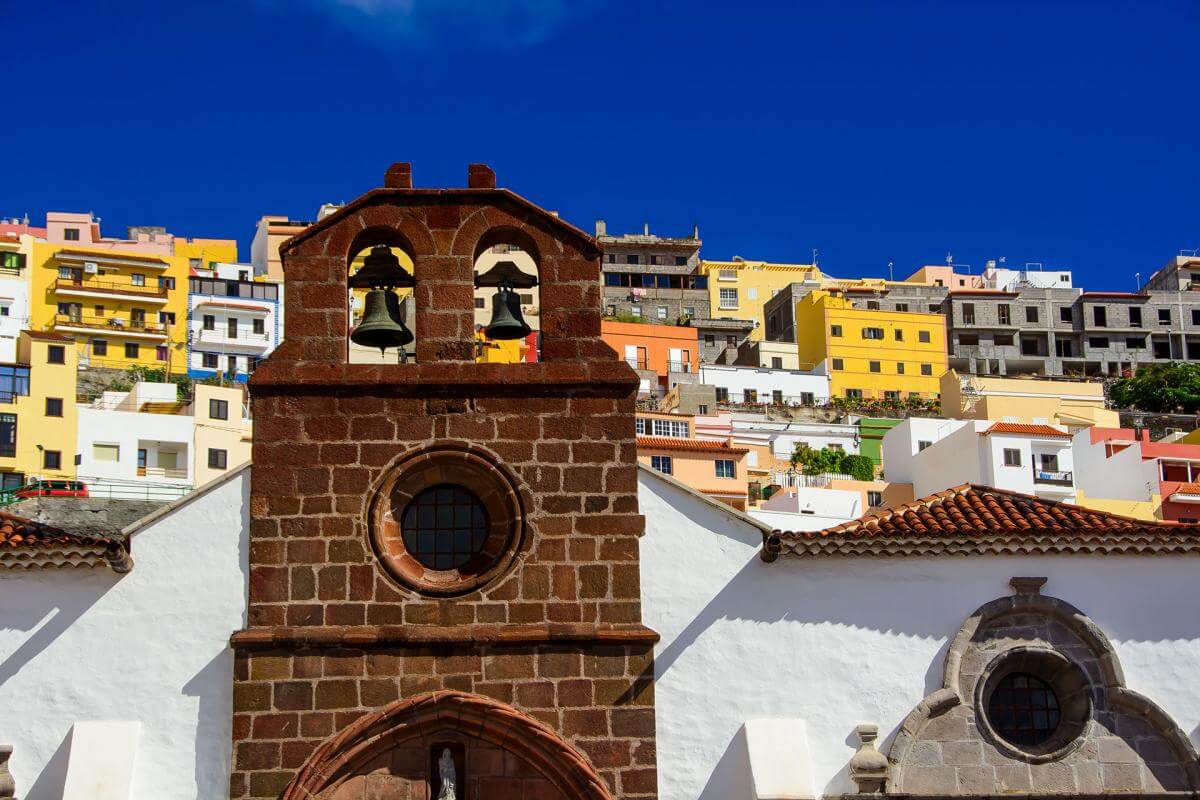
Vallehermoso
Gerián was the beginning of the world for Christopher Columbus. In 1492 it was a small village of cave houses where the aborigines lived, who at that time inhabited the island under the dominion of the Spanish Crown of Castile. These cave houses are still standing today. From Gerián you can enjoy the views of Montaña del Adivino, an enclave surrounded by mysticism due to the beauty of the landscape when enveloped by the trade winds.
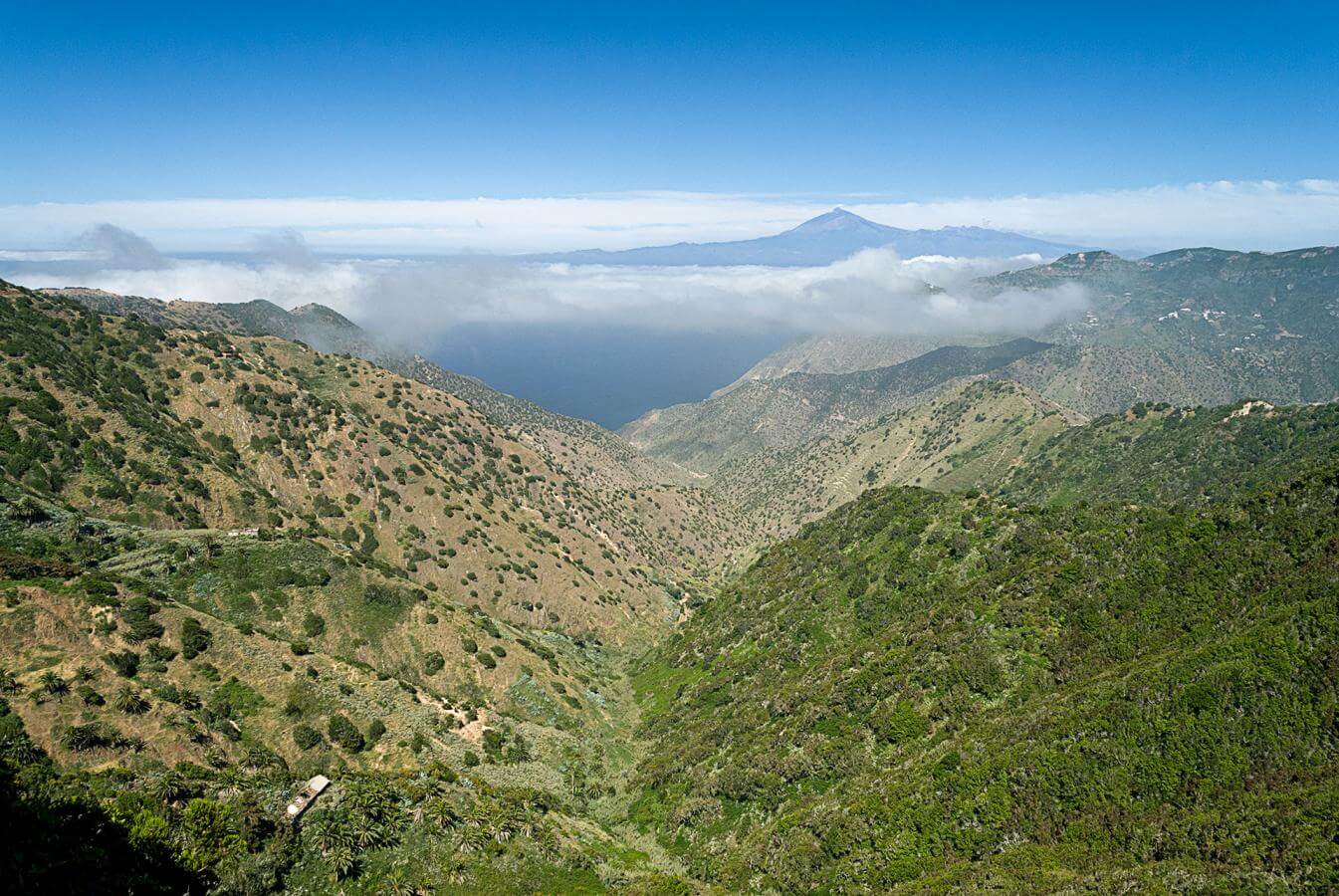
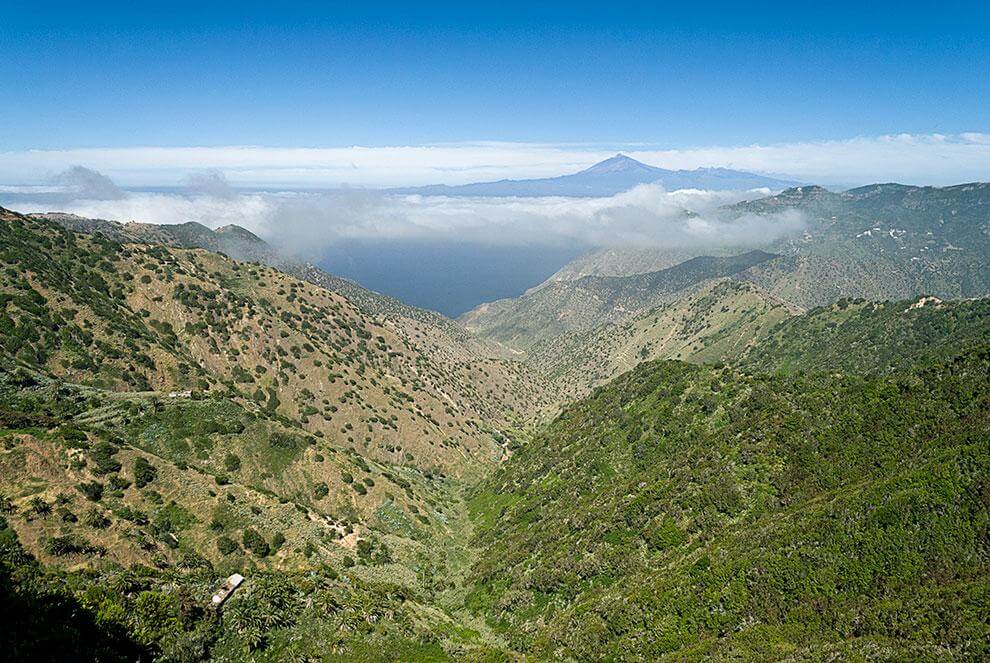
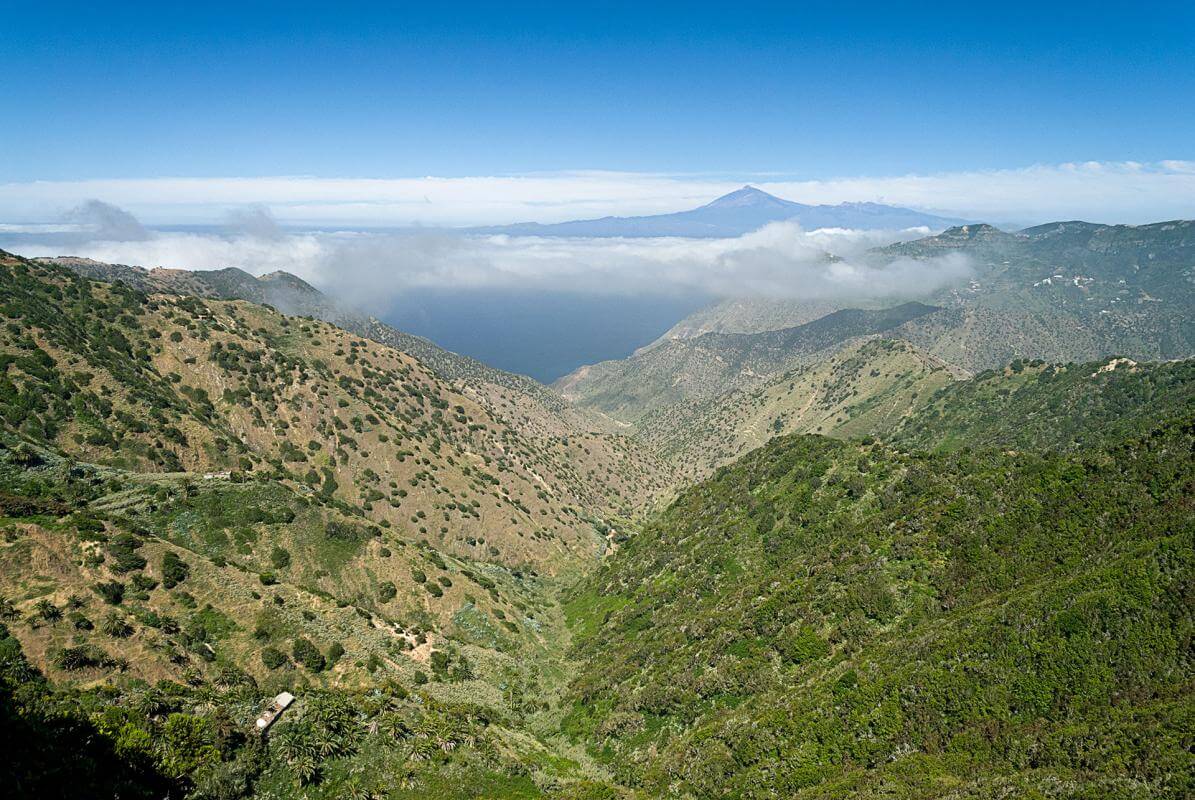
Valle Gran Rey
An ideal place for the provisioning of water, since it falls abundantly in the area of the Guadá cliff. In this ravine the aborigines met at a council to take the life of the lord of the island in 1488, Hernán Peraza, which led to the rebellion of the Gomeros and the bloody reprisal of the Crown of Castile. The place can be enjoyed from the Mirador del Palmarejo Lookout, designed by the artist César Manrique. There you will have the unforgettable experience of floating over the natural landscape.

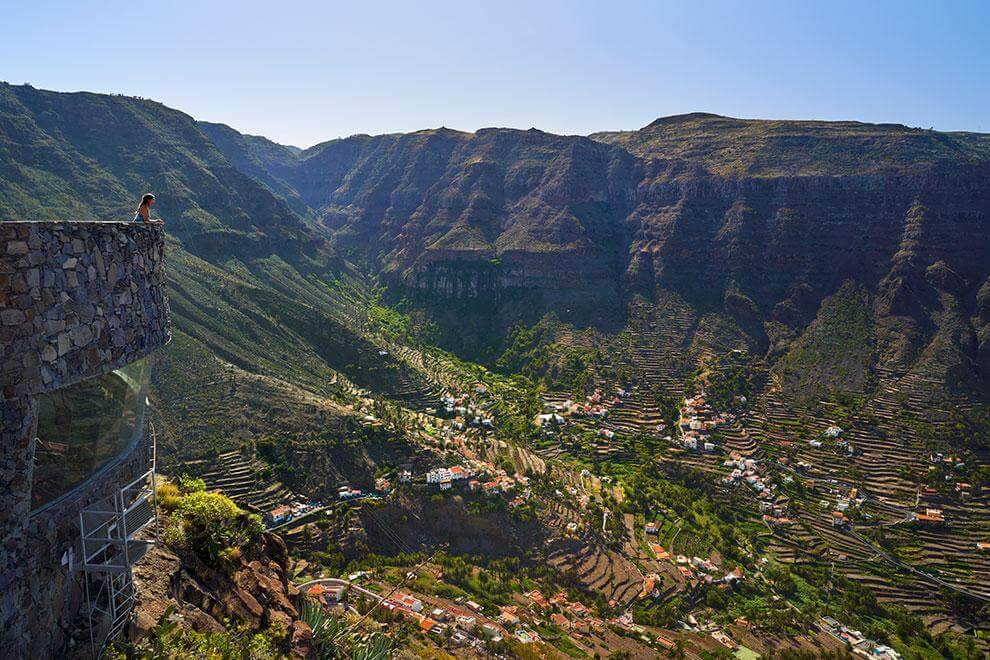

Alajeró
At the top of Calvario Mountain sits the hermitage of San Isidro, built on Tagaragunche Mountain, where remains of ancient island inhabitants were found. There you can contemplate the immensity of the south of La Gomera and the overwhelming beauty of the sea.
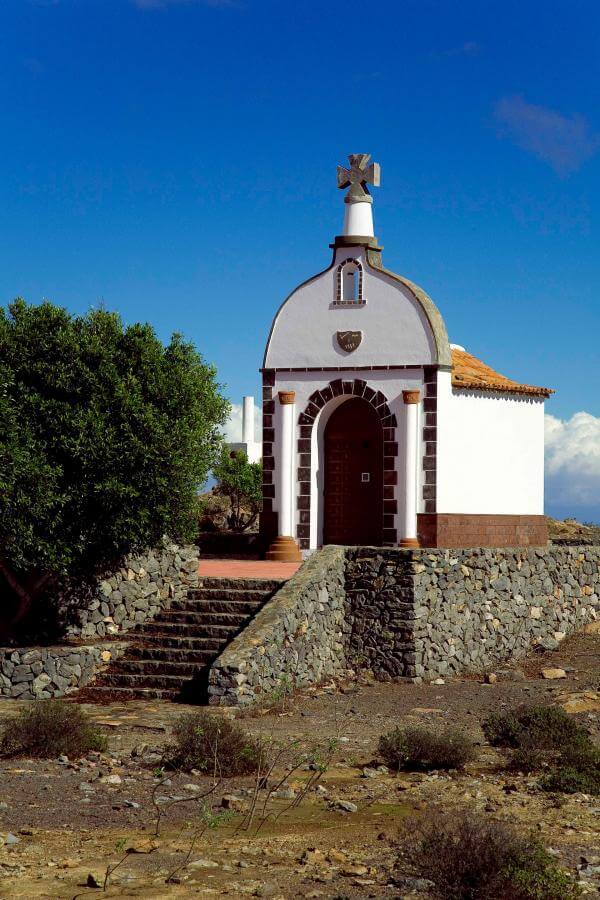

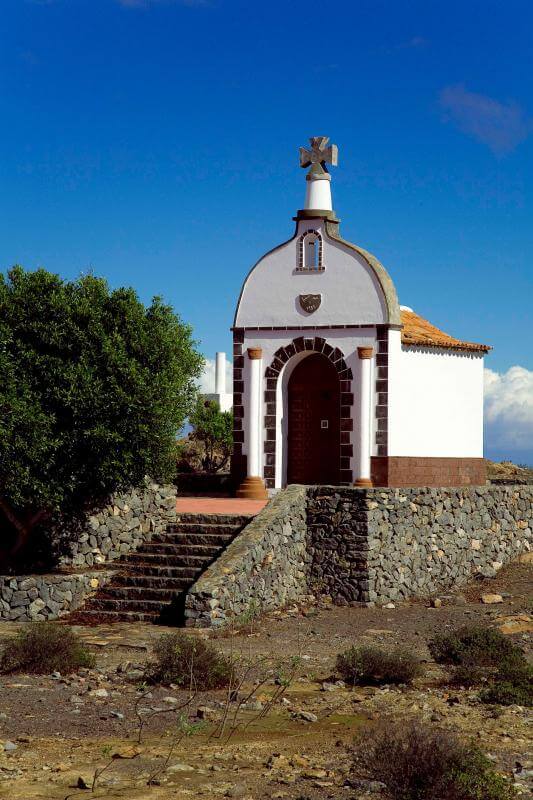
Hermigua
In this valley of great beauty lies the Ethnographic Museum of La Gomera, where you can learn about the traditions and customs, with the heroic ability of its inhabitants to adapt to the difficulties of its relief. It is precisely because of these difficulties that the Silbo Gomero, declared an Intangible Cultural Heritage of Humanity by UNESCO, was established. The Silbo Gomero is the only place in the world where this whistled language exists, still used today to communicate over distances separated by steep ravines.
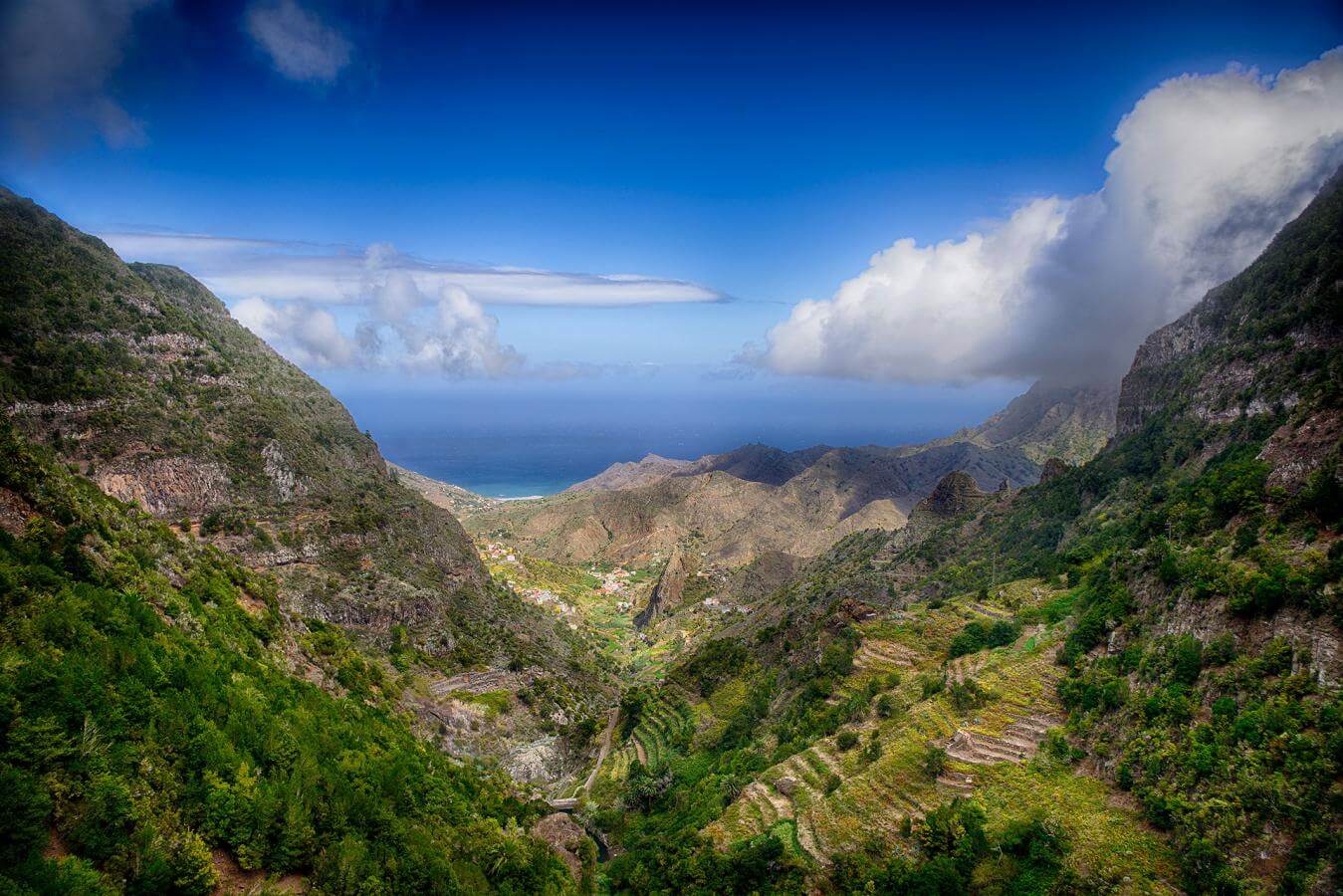
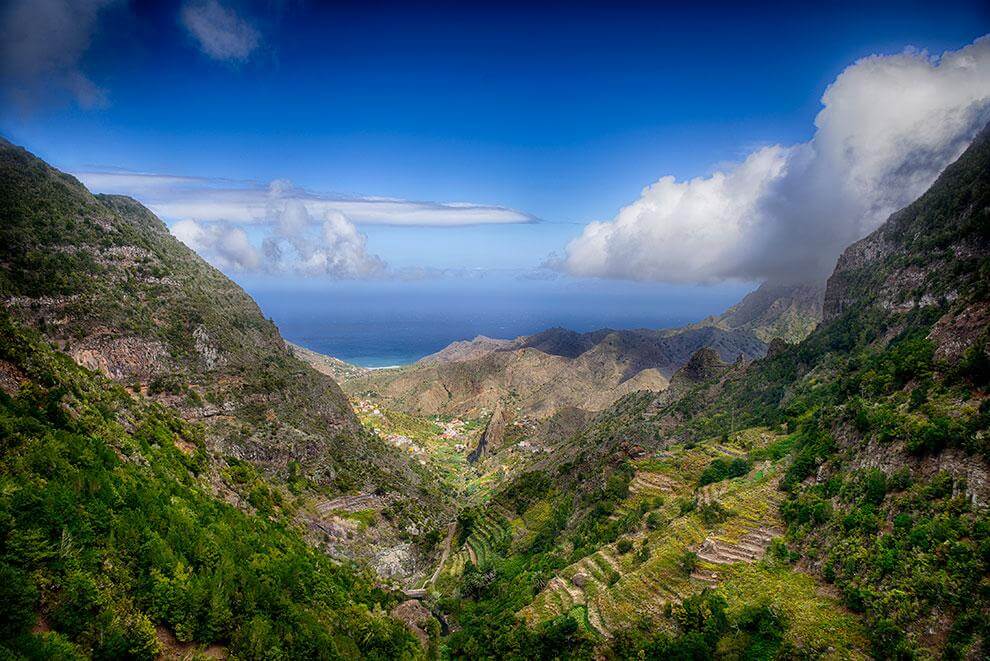
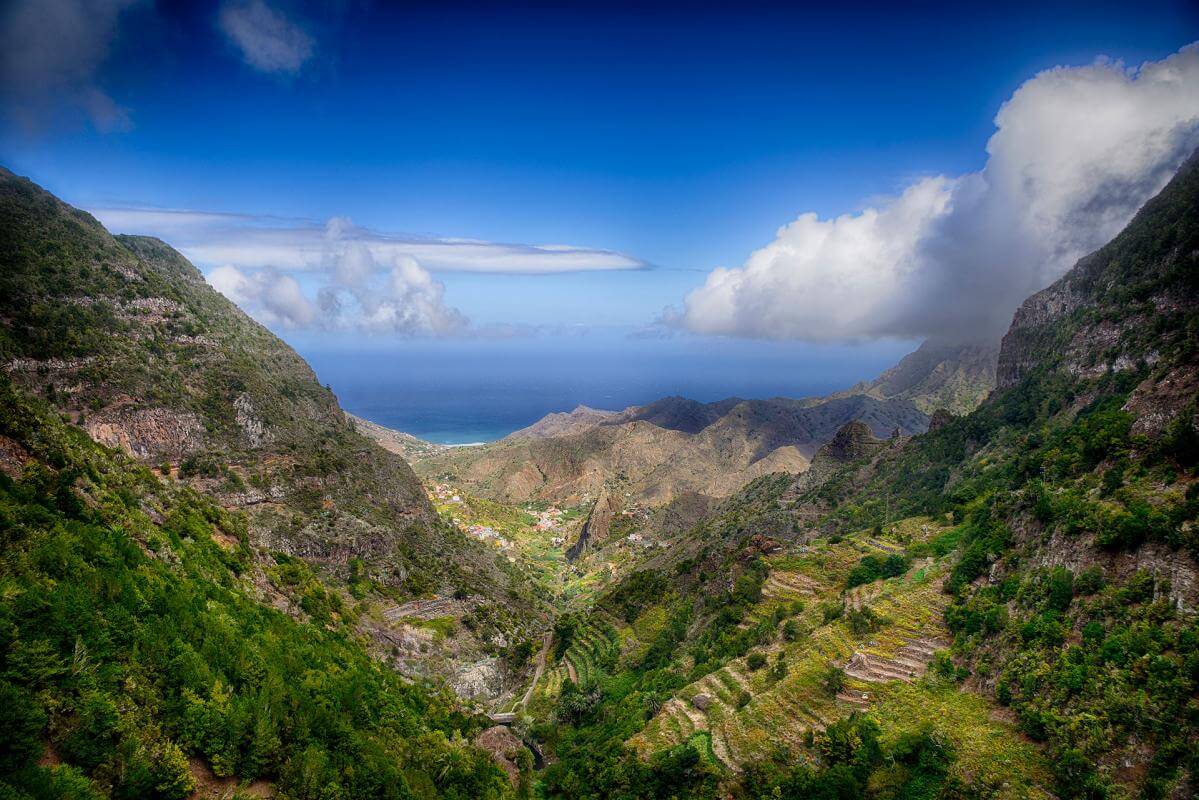

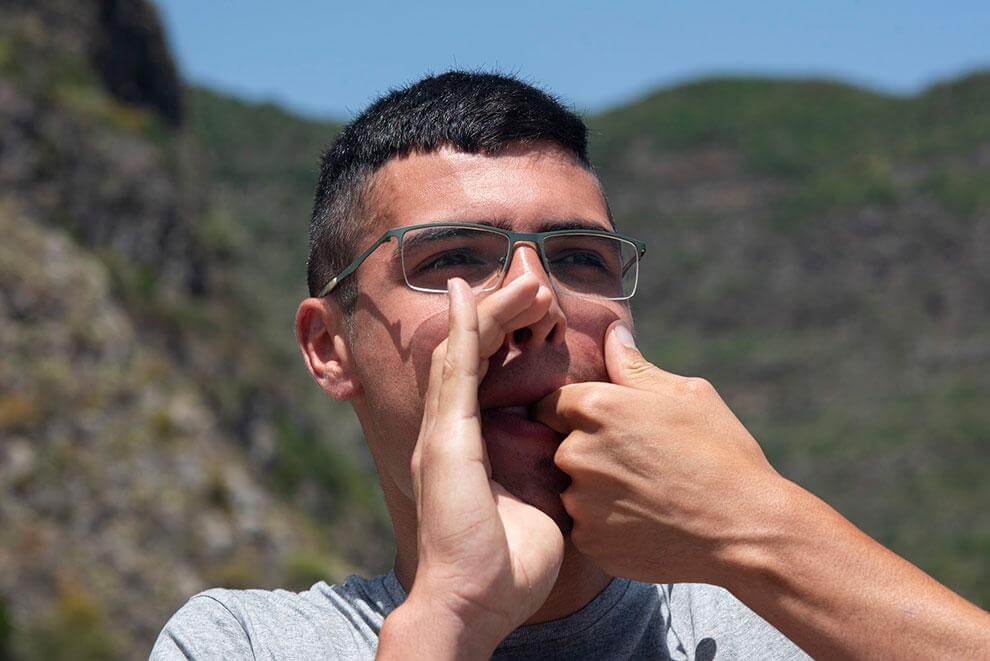
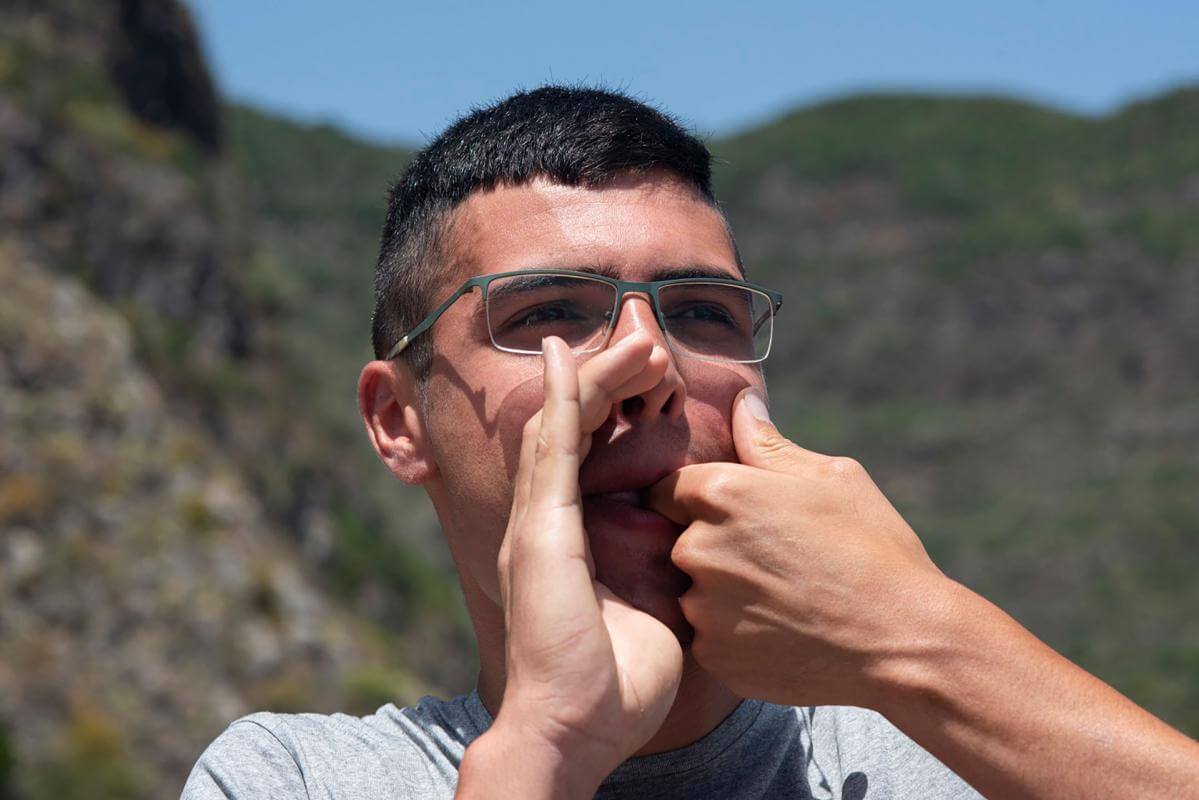
Agulo
Agulo, nestled between almost vertical cliffs leading to the Atlantic Ocean, has a beautiful old town with narrow streets, magnificent examples of traditional architecture of the eighteenth and nineteenth centuries. The municipality is arranged in well-defined terraces, from the houses to the sea, an example of the heroic agriculture of the Gomeran people.


